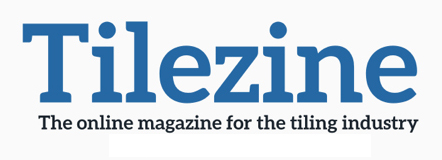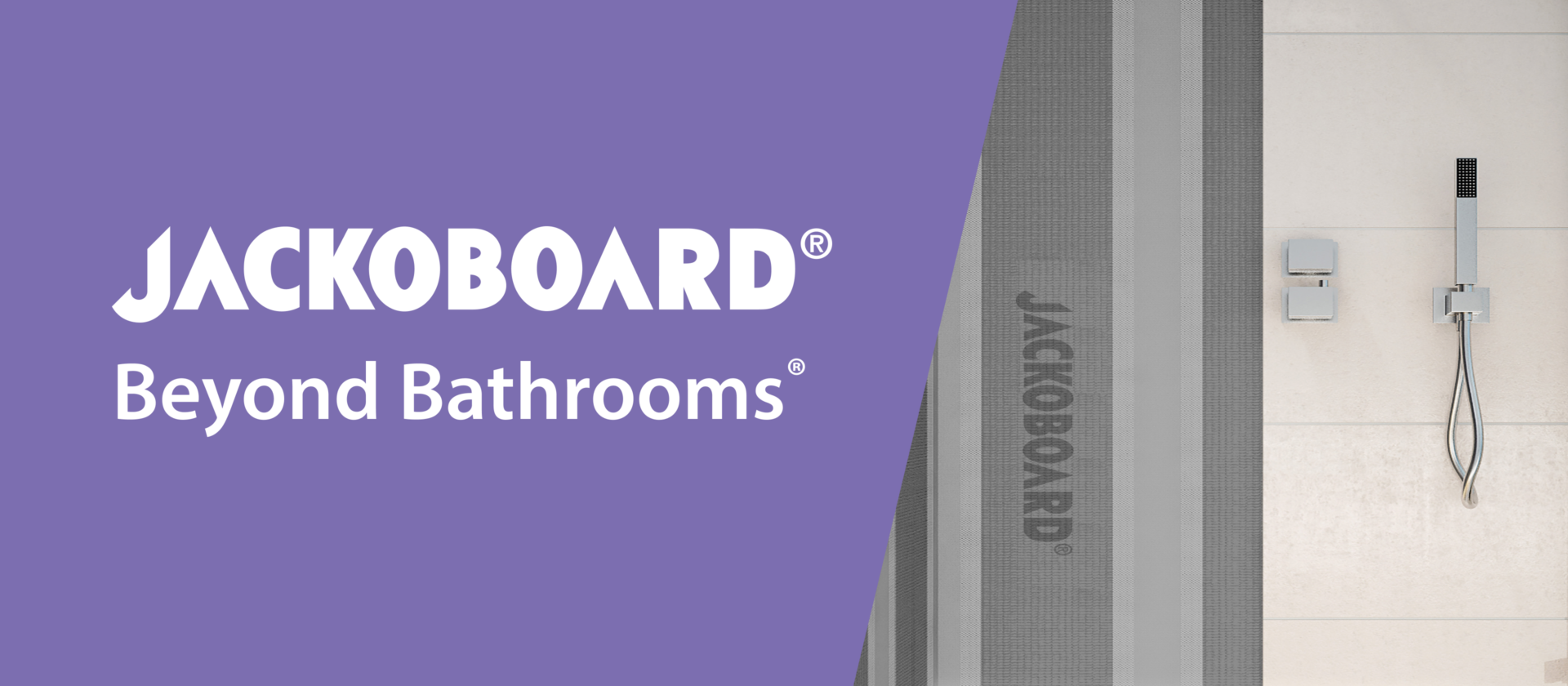HOUSEBUILDING MARKET OUTPERFORMS WIDER CONSTRUCTION SECTOR
A common theme reported in recent months by the Office for National Statistics (ONS) has been the outperformance of private housing relative to other sectors such as commercial, industrial and repair and maintenance. In November, private housing output rose 0.5% to reach the highest level since 2010 and compared to a year earlier, output increased 12.5%. Activity has no doubt been sustained by government support measures such as Help to Buy, strong growth in house prices and the availability of low-interest mortgages.
Meanwhile sales in the UK construction products manufacturing market continued to climb for a consecutive fifteenth quarter in Q4 of 2016, according to figures published in the latest State of Trade Survey from the Construction products Association (CPA).
The construction products manufacturing industry has an annual turnover of £55 billion, directly providing jobs for 288,000 people across 22,000 companies. Products range from ‘heavy side’ materials such as steel, bricks, timber and concrete to ‘light side’ products such as insulation, boilers, glass and lighting. On an annual basis, 78% of heavy side firms reported that sales had increased in Q4, whilst on the light side, 75% of firms reported that sales were higher than a year earlier, which was the highest balance since 2014 Q3.
However, as uncertainty intensifies and cost pressures from the fall in Sterling post-Referendum hit this year, the industry may struggle to experience similar growth. Among heavy side manufacturers only 6% on balance anticipate a rise in sales over 2017 Q1, and 29% on balance of light side manufacturers anticipate a rise during the same period.
Rebecca Larkin, CPA Senior Economist said: “Construction product manufacturers ended 2016 on a strong note, with half of manufacturers on both the heavy and light side reporting an increase in sales in Q4, marking not only a fifteenth consecutive quarter of growth, but also the highest balances for the year.
“Unsurprisingly, manufacturers’ expectations for 2017 appear to have been tempered by the uncertainty surrounding the economic and political outlook. Heavy side manufacturers appeared most exposed to the effects of Sterling’s depreciation during the second half of 2016. In Q4, two-thirds of firms reported an increase in costs, the highest in five years, and a further 89% anticipate an increase over the next year. Rising costs of imported raw materials continue to be a primary driver of cost inflation, but there is now an indication that currency weakness is filtering through to higher energy and fuel costs too.
“The impact of Brexit on the construction industry is, as yet, unclear, but it is unlikely this year will be as buoyant as last unless government is able to provide greater certainty and the industry is able to manage cost pressures.”
Simultaneously ONS figures published in January show that construction output as a whole declined 0.2% in November 2016. This follows a 0.6% fall in October and a 0.8% contraction recorded in the third quarter of 2016.
Rebecca Larkin, senior economist at the CPA, comments: “Overall weakness in official construction output data looks to have persisted in the final three months of 2016, which stands in contrast to other industry surveys.
“Economic and political uncertainty is expected to intensify this year and combined with rising inflation denting confidence, means we are unlikely to see similar growth rates in private housing in 2017. Public housing, on the other hand, increased 5.6% in November and whilst monthly data can be volatile, this could signal a pickup in public sector house building after activity has been disrupted by two years of changes to funding programmes.”


